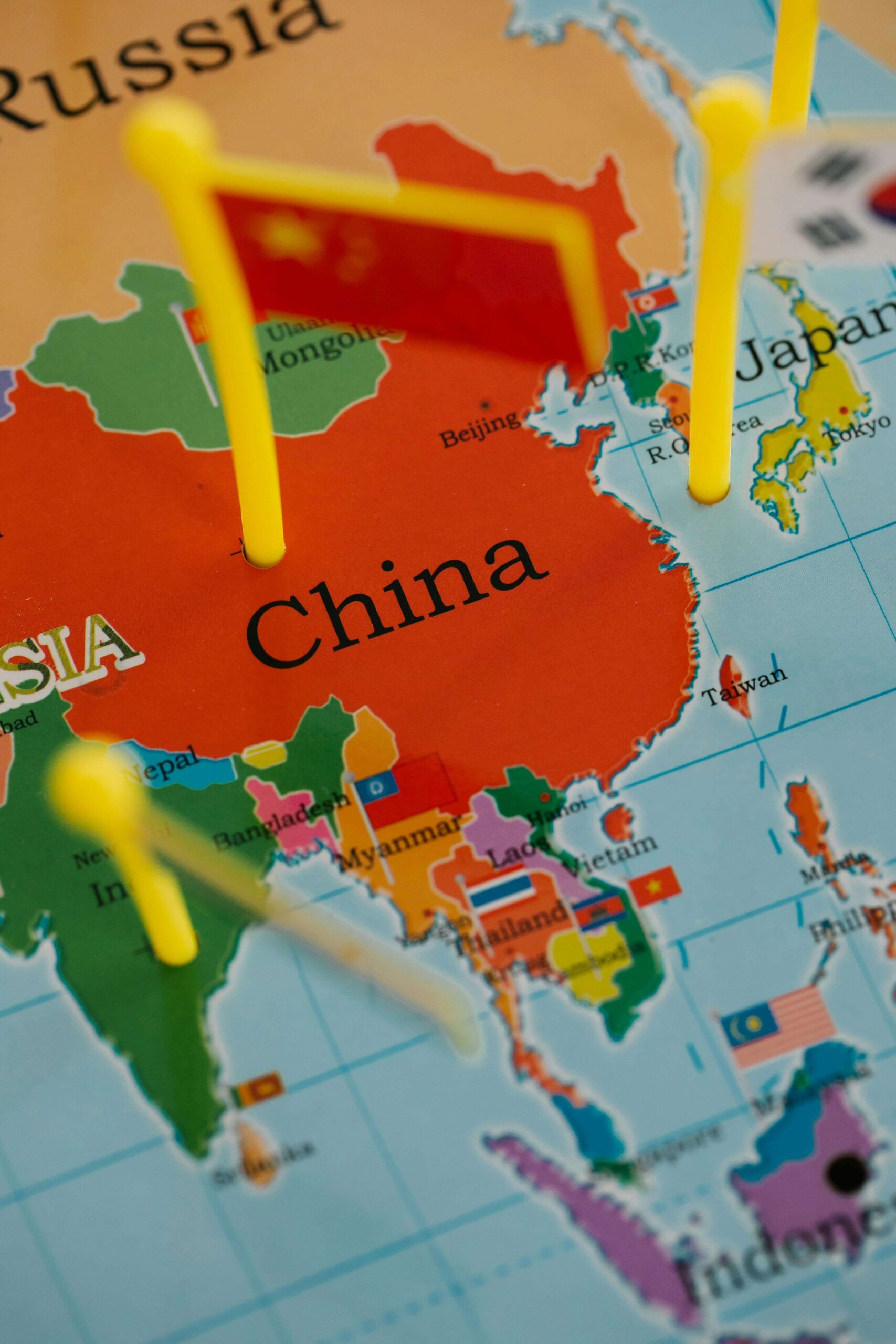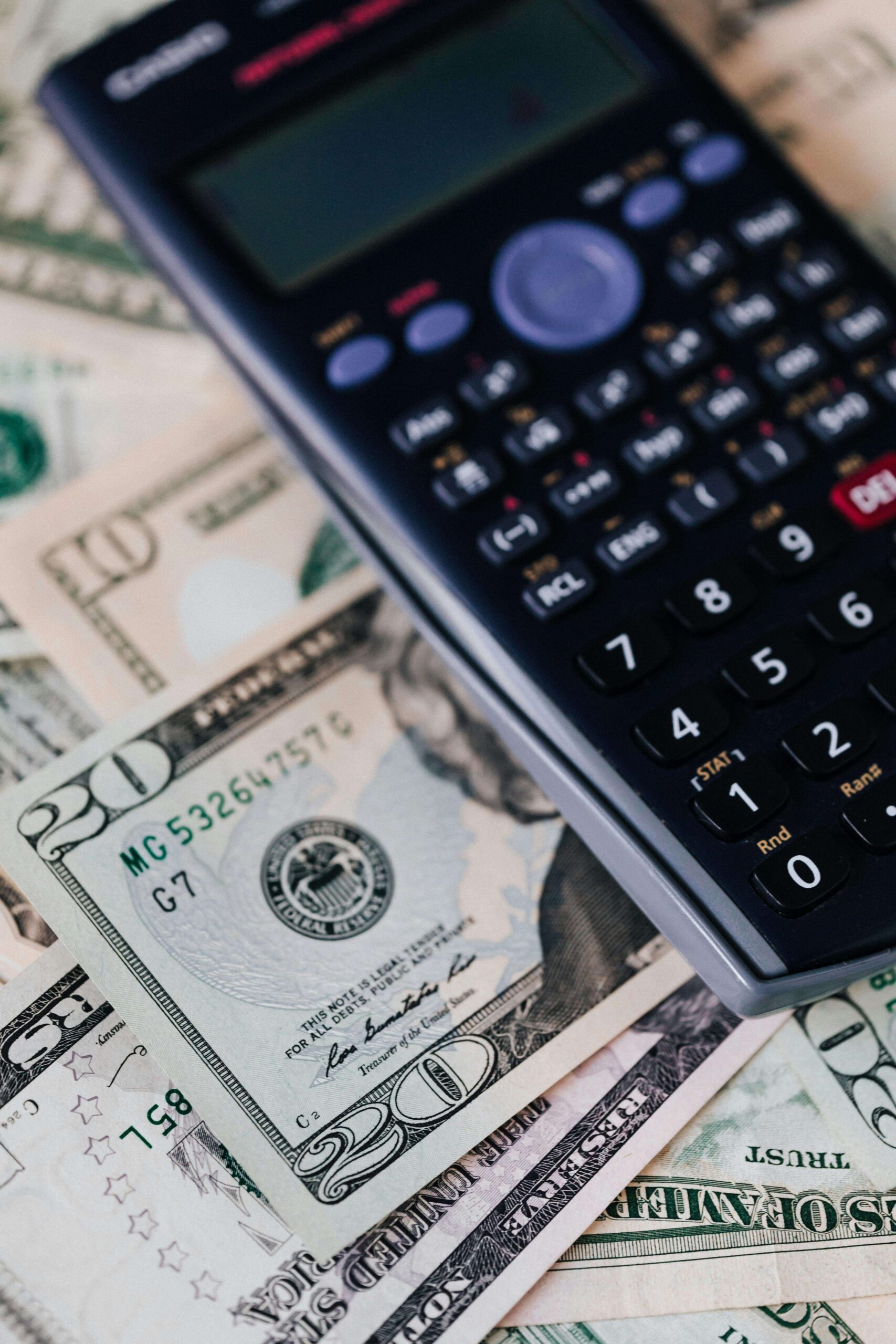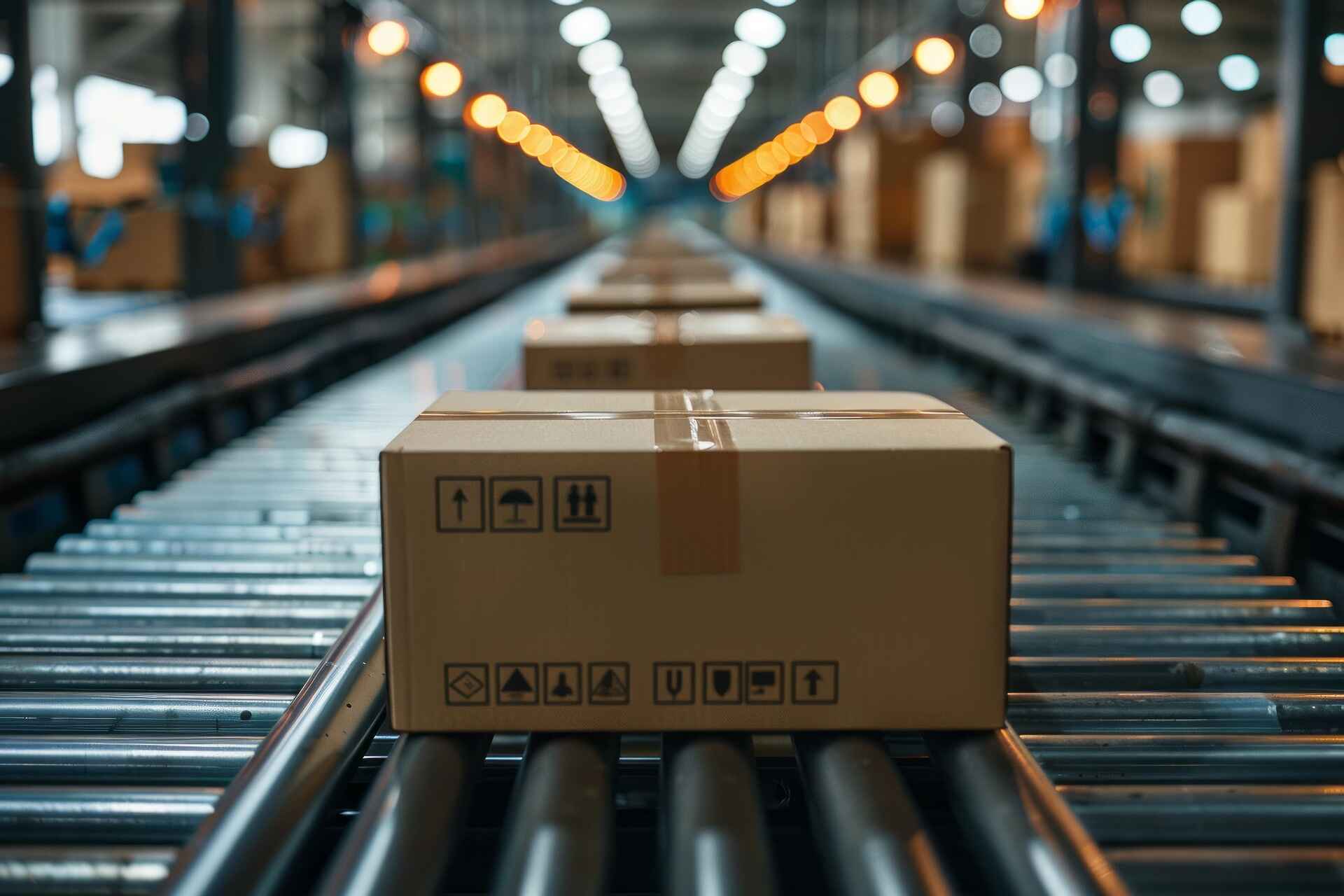Global trade used to be something online sellers could ignore until it started eating into profits. In 2025, that’s no longer an option. Tariffs are back in the spotlight, and Trump’s latest push for economic protectionism is reshaping how sellers source, price, and deliver products.
What started as a policy shift has turned into a ripple effect hitting thousands of ecommerce stores. I’ve seen clients blindsided by a 15% duty on products they’d been importing for years, forced to scramble for new suppliers or raise prices in a hyper-competitive market.
Whether you’re running a dropshipping business, importing custom apparel, or managing a full-scale private-label brand, Trump tariffs now sit at the core of your operational strategy. Every shipment, every quote, and every pricing decision needs a second look.
-
Trump tariffs in 2025 are raising import costs for online sellers by up to 25% on common goods like electronics, apparel, and kitchenware.
-
Ecommerce sellers are shifting sourcing to countries like Vietnam, India, and Mexico to avoid heavy China-based duties.
-
Tariffs are shrinking profit margins fast, especially for sellers using Fulfillment by Amazon or dropshipping low-margin products.
-
Popular categories like consumer electronics, textiles, and DIY supplies remain the most vulnerable to pricing disruptions.
-
Sellers who adapt quickly with smarter logistics, diversified suppliers, and pricing strategies are staying competitive despite volatility.
This blog breaks down what’s happening with the 2025 Trump tariffs, how it’s affecting ecommerce sellers like you, and the moves you can make to protect your margins before the next wave hits.
What Are the Latest Trump Tariffs in 2025?
In early 2025, Donald Trump was vocal about reinstating tariffs as part of his economic protectionist stance.
Following his reelection bid and influence over trade policy, new tariffs have been proposed on $100 billion worth of goods from China, including electronics, apparel, kitchenware, toys, and automotive parts.
For online sellers, this means higher import costs on everyday SKUs that used to bring in steady profits. It’s no longer just about calculating cost per unit. You now have to factor in how much more you’re paying at the border before a single item even hits your warehouse.
For example, the new tariff list includes:
- 25% duties on consumer electronics like headphones, webcams, and smartwatches
- 15% duties on household goods and kitchen tools
- 10% duties on fashion accessories, apparel, and fabric imports
These numbers might look abstract, but they translate directly into lower margins or higher prices for your customers. I’ve seen clients forced to rethink their product strategy after tariffs added several dollars to their landed cost per unit, just enough to make a winning SKU fall flat.
One seller I worked with had to pause a kitchenware launch after realizing the 15% duty made it nearly impossible to compete with US-based brands offering free shipping.
These tariffs could raise average consumer product costs by 8% across affected categories. That might not sound like much, but when you’re selling in a competitive space where every penny counts, that 8% is enough to shrink your margin, affect your ad strategy, and lose the Buy Box all in one go.
US-China Trade War Update: Where Things Stand
As of mid-2025, US-China trade relations remain tense. With the reintroduction of targeted tariffs, China has responded by increasing duties on select US agricultural products and tech exports.
This back-and-forth is part of a larger narrative that started in 2018 but has taken a new shape post-pandemic and during the ongoing geopolitical restructuring.
The WTO has issued concerns over the legality of unilateral tariff actions, but that hasn’t stopped either side from flexing economic pressure. Both governments are using tariffs as bargaining chips, and for now, no one’s blinking.
You’ve got headlines shifting weekly, press conferences sending shockwaves through global markets, and zero clarity on whether things will cool down or escalate further.
For online sellers, this translates into one word: uncertainty. And that uncertainty hits your inventory planning, shipping timelines, and profit forecasting.
What used to be predictable quarterly pricing from Chinese suppliers can now swing wildly based on policy. I’ve had clients tell me they received one quote from a factory, then two weeks later it jumped 12%. No explanation other than “political tensions.”
It’s not just about numbers either. You may find your go-to manufacturer suddenly unavailable, or your freight costs doubling overnight due to customs delays or added inspections.
In this environment, sellers are learning the hard way that agility is more valuable than ever. If you’re sourcing from China, staying up to date on every trade headline isn’t optional. It’s part of your job now.

How Online Sellers Are Coping With Tariffs
Many of my past clients, especially those using Fulfillment by Amazon (FBA) or running Shopify stores, have had to shift strategies fast. When Trump tariffs kicked in and shipping costs started fluctuating, staying reactive wasn’t enough anymore.
You had to make decisions that hurt in the short term but protected your business long-term. Some sellers moved away from heavily tariffed product lines, while others began sourcing from Vietnam, India, and even Mexico, sometimes with mixed results.
One Amazon seller I worked with used to import Bluetooth speakers from Shenzhen. They were moving 1,500 units a month with solid margins. But once the 25% tariff kicked in, his landed cost shot up by $2.60 per unit.
For a product priced under $30, that margin loss was brutal. He either had to raise prices (and risk losing Buy Box placement) or take a hit on his profit just to stay competitive.
We helped him pivot to a manufacturer in Malaysia and redesigned the packaging to meet lower shipping thresholds, which helped shave a few cents off fulfillment costs and kept him in the game.
These aren’t one-size-fits-all solutions. Sellers are testing and tweaking, trying to balance costs without killing conversion. Here’s what many sellers are doing now to adapt:
- Renegotiating deals with suppliers to split tariff costs or absorb a percentage of the impact
- Looking for duty-free trade programs or bonded warehouses to delay or minimize duties
- Switching fulfillment models (from DDP to FOB or EXW terms) to regain more control over logistics and cost structure
Some are even bringing in logistics consultants or outsourcing sourcing to third-party experts who can sniff out overlooked manufacturing options.
It’s more work. It requires more attention. But those willing to do it are finding ways to survive, and sometimes even gain ground while competitors stall out.
What Products Are Affected the Most?
If you’re selling in one of these categories, brace yourself:
- Consumer electronics (earbuds, chargers, webcams)
- Kitchen and home goods (blenders, cookware, storage containers)
- Apparel and textiles (T-shirts, cotton fabric, synthetic wear)
- DIY and crafting supplies (resin molds, specialty paper, hobby kits)
- Pet accessories and toys (leashes, chew toys, training gadgets)
These might look like everyday categories, but they’re some of the hardest hit when it comes to Trump tariffs.
Most of these items are still deeply reliant on Chinese manufacturing, not because sellers want to take the easy route, but because China has the infrastructure, labor, and material access to produce them at scale and speed.
One of my clients sells handmade-style silicone baking molds that were manufactured in Guangzhou. Their product was low cost, high margin, and perfect for impulse buyers. But after the latest tariff update, their per-unit cost went up nearly 18%, which completely disrupted their pricing tier.
They either had to source from a lesser-known Vietnamese supplier with longer lead times or repackage the molds into bundles to maintain perceived value.
Until alternative supply chains scale up and become cost-efficient, these categories remain vulnerable to tariff swings. You might get away with one good shipment, but the next container could come with a price hike or a customs delay.
And in categories like apparel and home goods, where competition is brutal and buyers are price-sensitive, that volatility can put a dent in your momentum fast.
Tariffs and Your Ecommerce Profit Margins
Even a 10% increase in landed cost can eat up your entire profit margin if you’re operating on the typical 20–30% buffer. And let’s be honest, most sellers aren’t even hitting that.
When you stack listing fees, fulfillment costs, shipping, and advertising on top of product cost, you’re already walking a tight line.
Imagine you’re dropshipping $20 phone cases with a $4 profit. A 10% tariff on the import value might add $1.20 in cost, instantly cutting your profit by 30%.
That’s before you even touch ad spend. If you’re running Meta or TikTok ads with a $10 cost per acquisition, your entire pricing model starts to collapse under the weight of one policy change.
If you’re using Amazon FBA, higher tariffs also mean:
- Increased cost of goods sold (COGS), which impacts your pricing flexibility
- Potential loss of competitiveness in price-sensitive niches where $0.50 matters
- Risk of dead inventory, especially for seasonal items that become overpriced overnight
One of my clients had to liquidate a full pallet of imported Halloween decorations because new tariffs hit right as they restocked for Q4.
They couldn’t adjust the retail price without tanking conversions, and they couldn’t afford to sit on it until the next year. It was a $9,000 lesson in timing, tariffs, and how fast margins can vanish.
That’s why I always advise sellers to run a scenario analysis: take your top 10 SKUs and simulate 10%, 20%, and 25% tariff increases.
Plug those numbers into your profit calculator, factor in FBA fees or shipping charges, and see what happens. You’d be surprised how quickly things become unsustainable unless you adjust fast, or start planning smarter.

How Online Sellers Are Strategically Responding
Forward-thinking sellers aren’t sitting still. They’re getting creative with their supply chain and rethinking product strategy, not just to survive, but to stay competitive while others scramble.
I’ve seen clients make bold, calculated moves that saved their margins and kept their stores running smoothly, even when tariffs shook the ground under them.
Based on client strategies and current industry chatter, here are moves that are working:
- Sourcing beyond China: Vietnam has become the top alternative for textiles. Many apparel sellers have switched over to factories in Ho Chi Minh City that offer lower MOQs and decent turnaround times. Mexico is gaining ground for household items and auto accessories, thanks to lower shipping costs and faster delivery windows to the US border. India is growing in jewelry and handcrafted goods, especially among Etsy and niche Shopify sellers who want a unique, story-driven product line.
- Inventory planning: Sellers are importing higher quantities ahead of tariff deadlines to lock in lower duties. I’ve worked with clients who placed larger Q2 orders earlier than usual, betting that tariffs would spike by Q3. It’s a calculated risk, but it gives them breathing room while competitors are stuck paying premium rates.
- Private labeling with domestic brands: Some sellers are creating “Made in USA” brands to bypass tariffs entirely and use it as a marketing hook. It’s not always cheaper, but it’s faster, more controllable, and easier to pitch as premium. I know a kitchenware seller who moved just one product line to a small manufacturer in Ohio, added custom packaging, and saw a boost in conversions thanks to the local angle.
- Negotiating smarter contracts: We helped one client negotiate FOB pricing instead of DDP, reducing surprise customs fees and giving them leverage over shipping logistics. That one move alone saved them over $4,000 in a single quarter. When you’re working with overseas suppliers, how your product is shipped is almost as important as where it’s made.
The sellers who are staying profitable in 2025 are the ones asking better questions, running tighter projections, and playing the long game. If you’re still using the same sourcing playbook from two years ago, now’s the time to update it.
What to Expect for the Rest of 2025 (and Beyond)
Experts from the Council on Foreign Relations expect trade tensions to remain a recurring theme throughout 2025. The Trump camp maintains that tariffs are an effective tool for pressuring foreign governments and protecting American jobs.
That position continues to fuel a national conversation on economic independence, especially in sectors like manufacturing and tech.
However, most economists, including those from the American Economic Association, argue that long-term tariffs reduce economic efficiency and increase consumer costs.
Studies show that tariffs passed on to buyers result in higher prices, without necessarily reviving domestic production at scale.
In fact, a 2024 analysis by the Congressional Budget Office found that tariffs imposed in earlier years cost the average US household over $800 annually, mainly due to increased retail prices.
For you, the online seller, it means learning how to stay nimble. You need to be ready to shift your sourcing, pricing, and fulfillment strategy on short notice.
One client I worked with in the home improvement niche built out two parallel supplier pipelines, one in China and one in Mexico, just so he could toggle between them depending on what the next policy update looked like.
Don’t count on stability. Plan for volatility. Assume that whatever’s working today could get disrupted in three months. The sellers who keep growing through all this are the ones who’ve made flexibility part of their business model.
What You Should Do Right Now
Start with a quick audit. Where are your suppliers located? Are you importing from any high-risk regions like China, Taiwan, or Southeast Asia?
Pull up your top-performing SKUs and identify which ones are most exposed. You don’t need to overhaul everything overnight, but you do need to know where you’re most vulnerable.
Next, talk to your freight forwarder or logistics provider. Ask them about upcoming tariff risks, changes in shipping fees, and HS codes for your products.
Most sellers I know skip this step, but it’s where you get the real intel. These folks often know what’s coming before it hits the headlines, and they can flag risks you didn’t think about, like port congestion or duty spikes tied to specific materials.
If possible, start building relationships with manufacturers in non-tariffed countries. Even if you’re not ready to switch today, having a warm lead in Vietnam or Mexico can save you weeks of scrambling when policy changes start cutting into your margins.
I’ve helped clients get samples and quotes in advance from multiple regions, just to create backup options they could activate with a single email.

You should also explore:
- US-based contract manufacturers for smaller runs, especially if your products are handmade, customized, or time-sensitive
- Setting higher reorder thresholds to reduce shipment frequency and maximize container loads, which can help absorb costs
- Diversifying marketplaces to reduce reliance on Amazon or eBay, especially if you’re in categories sensitive to price shifts or fulfillment delays
It’s not about jumping ship. It’s about preparing your raft before the next wave hits. That’s how you stay afloat when everyone else starts taking on water.
Here’s my honest take: if you treat these Trump tariffs like a short-term nuisance, you’ll lose. The global trade game has changed, and ecommerce sellers need to evolve with it.
I’ve worked with brands that failed to adapt, and I’ve worked with brands that used this shift to become stronger, leaner, and more competitive.
Tariffs are no longer an exception. They’re part of the ecommerce playbook now. You either build resilience into your supply chain, or you risk getting priced out by sellers who did.
Yes, it’s frustrating. Yes, it complicates your business. But it also creates opportunity. If you’re willing to learn, adapt, and move fast, you can thrive in a landscape that discourages the lazy and rewards the strategic. The sellers who win this year are the ones who planned like it were already 2026.








Good post! We will be linking to this particularly great post on our site. Keep up the great writing